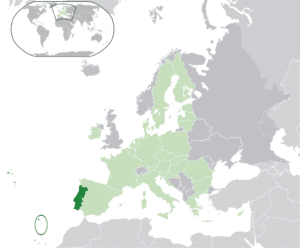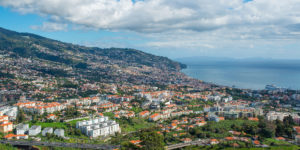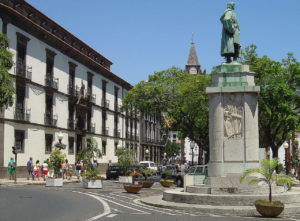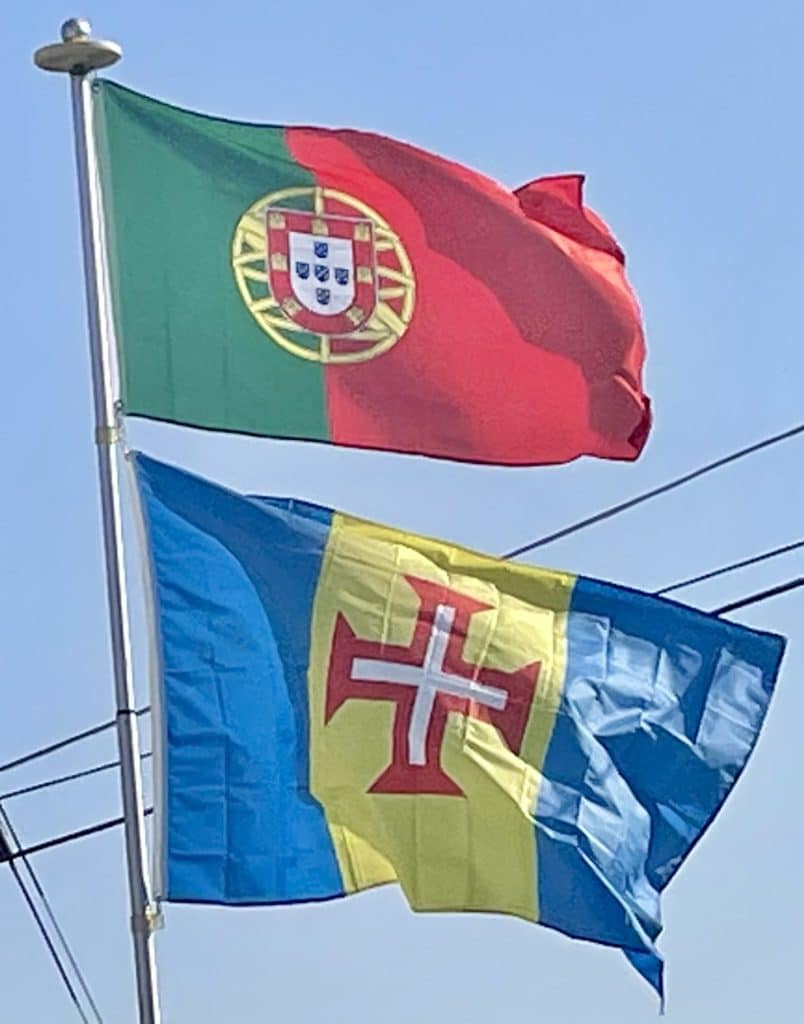Introduction:
Madeira, officially the Autonomous Region of Madeira, is one of the two autonomous regions of Portugal, the other being the Azores. It is an archipelago situated in the North Atlantic Ocean, just under 400 kilometers (250 mi) to the north of the Canary Islands and 520 kilometers (320 mi) west of Morocco. Madeira is geologically located on the African Tectonic Plate, though the archipelago is culturally, economically and politically European. Its total population was estimated in 2016 at 289,000. The capital of Madeira is Funchal, which is located on the main island’s south coast.

The archipelago includes the islands of Madeira, Porto Santo, and the Desertas, administered together with the separate archipelago of the Savage Islands. The autonomous region is an integral part of the European Union as an outermost region. Madeira generally has a very mild and moderated subtropical climate with Mediterranean summer droughts and winter rain. Many microclimates are found at different elevations.
Madeira was claimed by Portuguese sailors in the service of Prince Henry the Navigator in 1419 and settled after 1420. The archipelago is considered to be the first territorial discovery of the exploratory period of the Age of Discovery.

Today, it is a popular year-round resort, being visited every year by about 1.4 million tourists, almost five times its population. The region is noted for its Madeira wine, gastronomy, historical and cultural value, flora and fauna, landscapes (laurel forest) that are classified as a UNESCO World Heritage Site, and embroidery artisans. The main harbor in Funchal has long been the leading Portuguese port in cruise liner dockings, receiving more than half a million tourists through its main port in 2017, being an important stopover for commercial and trans-Atlantic passenger cruises between Europe, the Caribbean and North Africa. In addition, the International Business Centre of Madeira, also known as the Madeira Free Trade Zone, was created formally in the 1980s as a tool of regional economic policy. It consists of a set of incentives, mainly tax-related, granted with the objective of attracting foreign direct investment based on international services into Madeira.
History:
Discovery:
Knowledge of some Atlantic islands, such as Madeira, existed before their formal discovery and settlement, as the islands were shown on maps as early as 1339.
In 1418, two captains under service to Prince Henry the Navigator, João Gonçalves Zarco and Tristão Vaz Teixeira, were driven off course by a storm to an island they named Porto Santo (English: holy harbor) in gratitude for divine deliverance from a shipwreck.

The following year, an organized expedition, under the captaincy of Zarco, Vaz Teixeira, and Bartolomeu Perestrello, traveled to the island to claim it on behalf of the Portuguese Crown. Subsequently, the new settlers observed “a heavy black cloud suspended to the southwest.” Their investigation revealed it to be the larger island they called Madeira.
Settlement:
The first Portuguese settlers began colonizing the islands around 1420 or 1425.
